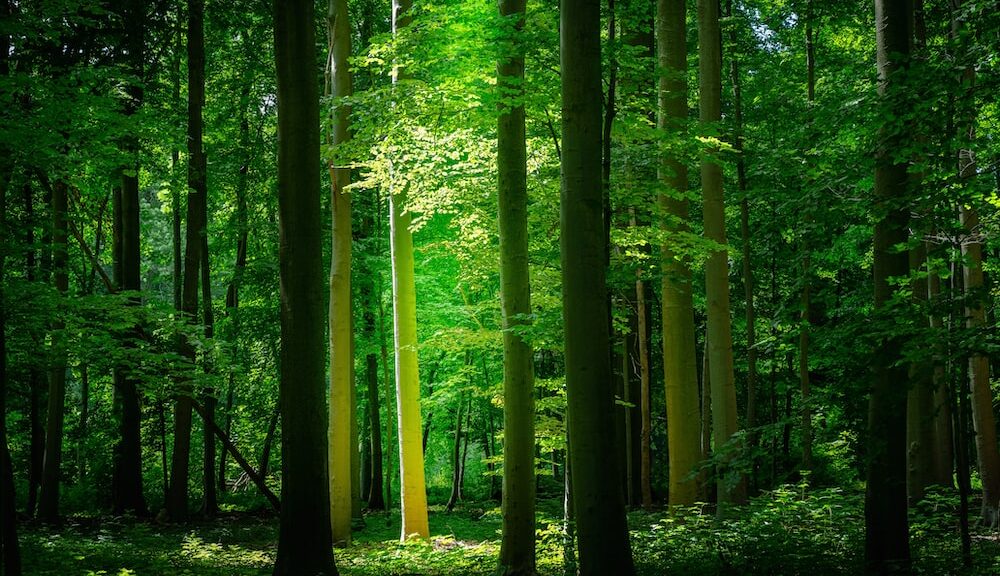The Benefits and Consequences of a World with 80% Forest Cover
Forests cover around 30% of the Earth’s surface, but what if that number increased to 80%? It may seem like an impossible scenario, but it’s worth exploring the benefits and consequences of such a world.
Firstly, an increase in forest cover would have a significant impact on the Earth’s climate. Trees absorb carbon dioxide from the atmosphere, helping to reduce greenhouse gas emissions and mitigate climate change. This would lead to a reduction in global temperatures, a decrease in the frequency and intensity of natural disasters, and an overall improvement in the planet’s health.
Secondly, forests provide crucial habitats for wildlife, and an increase in forest cover would lead to a resurgence in animal populations. This would be especially beneficial for endangered species, whose habitats have been destroyed or disrupted by human activity.
Thirdly, forests are a source of natural resources such as timber, food, and medicine. With an increase in forest cover, there would be a greater abundance of these resources, leading to more sustainable and equitable access to them.
However, there are also potential consequences to consider. An increase in forest cover could lead to a decrease in land available for agriculture and human settlements. This could lead to food shortages, displacement, and conflicts over resources.
Furthermore, an increase in forest cover could also lead to a decrease in sunlight reaching the Earth’s surface, which could have impacts on the productivity of solar energy systems and affect certain crops that require a lot of sunlight.
In conclusion, an increase in forest cover to 80% of the Earth’s surface would have significant benefits for the planet’s health, wildlife, and natural resources. However, it would also have potential consequences that must be carefully considered. While it may not be feasible or desirable to increase forest cover to such an extent, it is important to recognize the benefits of preserving and expanding our existing forests.

